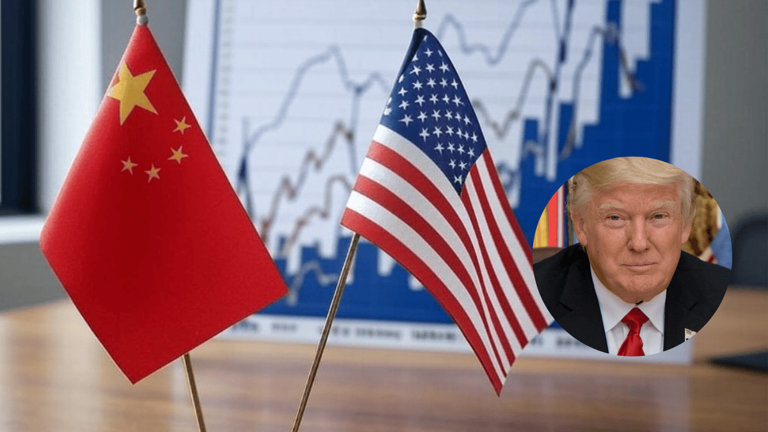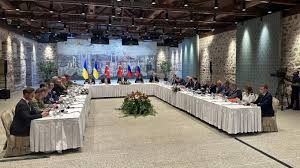Introduction: Ceasefire in the Tariff War?
After months of brinkmanship and viral memes, the United States and China have reached a partial breakthrough in their ongoing trade conflict. Following two days of intense talks in Geneva, the world’s two largest economies agreed to slash tariffs — but not eliminate them. While US President Donald Trump calls it a “total reset,” economists and officials on both sides warn the battle is far from over.
Tariffs Slashed, But Not Removed
According to US Treasury Secretary Scott Bessent, the talks resulted in the US cutting tariffs on Chinese imports to 30%, down from previous highs, while China dropped its tariffs on American goods to 10%. Bessent framed the prior levels as “an embargo,” and emphasized both nations had agreed that decoupling was not the goal.
Trump’s Refugee Deal with White South Africans
Trump Declares Victory
President Trump celebrated the deal on Truth Social, writing: “Many things discussed, much agreed to. A total reset negotiated in a friendly, but constructive, manner.” However, analysts say the agreement represents only a temporary pause and leaves key structural issues unresolved.

China’s Economic Headwinds Shift the Tone
Beijing’s softened tone may reflect rising internal pressures. China’s economy faces mounting challenges, including a property sector crisis, youth unemployment above 20%, and deflationary pressures. In April, China’s consumer price index dropped for the third consecutive month by 0.1%, signaling weakening consumer demand.
Impact on Global Markets and US Firms
Companies like Apple were among the hardest hit during the tariff war, due to heavy reliance on Chinese manufacturing. The Geneva deal is expected to ease immediate pressures on supply chains and calm financial markets, but economists warn that long-term uncertainty remains.
Rhetoric and Realpolitik
While Beijing described the deal as a step toward “deeper cooperation,” Chinese state media also issued pointed warnings. Xinhua News Agency stated that China’s “goodwill and patience has its limits” and accused Washington of “repression and blackmail.” The statement closed with a call for the US to end its “unilateral tariff increases.”
A 90-Day Pause, Not a Peace Treaty
The tariff reductions are only in effect for 90 days. This temporary window is meant to facilitate further negotiations under a newly formed “economic and trade consultation mechanism.” Whether this dialogue leads to a lasting deal or a renewed confrontation is uncertain.
Geopolitical Fault Lines Remain
The tariff dispute is just one part of a broader confrontation between Washington and Beijing, which also includes tensions in the Taiwan Strait, concerns over Chinese industrial subsidies, and questions about human rights and digital surveillance.
Conclusion: A Reset or a Respite?
While the US-China tariff deal provides a short-term economic reprieve, it’s clear this is not the end of the trade war. The core issues — from market access to strategic tech dominance — remain unresolved. As both sides return to the negotiating table, the question isn’t whether the conflict will resume, but how.
Further Reading:









